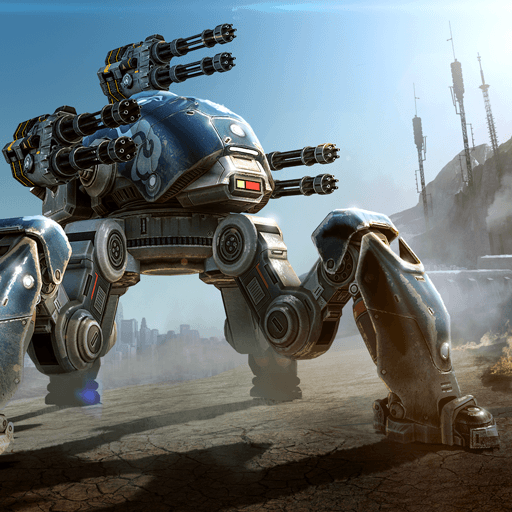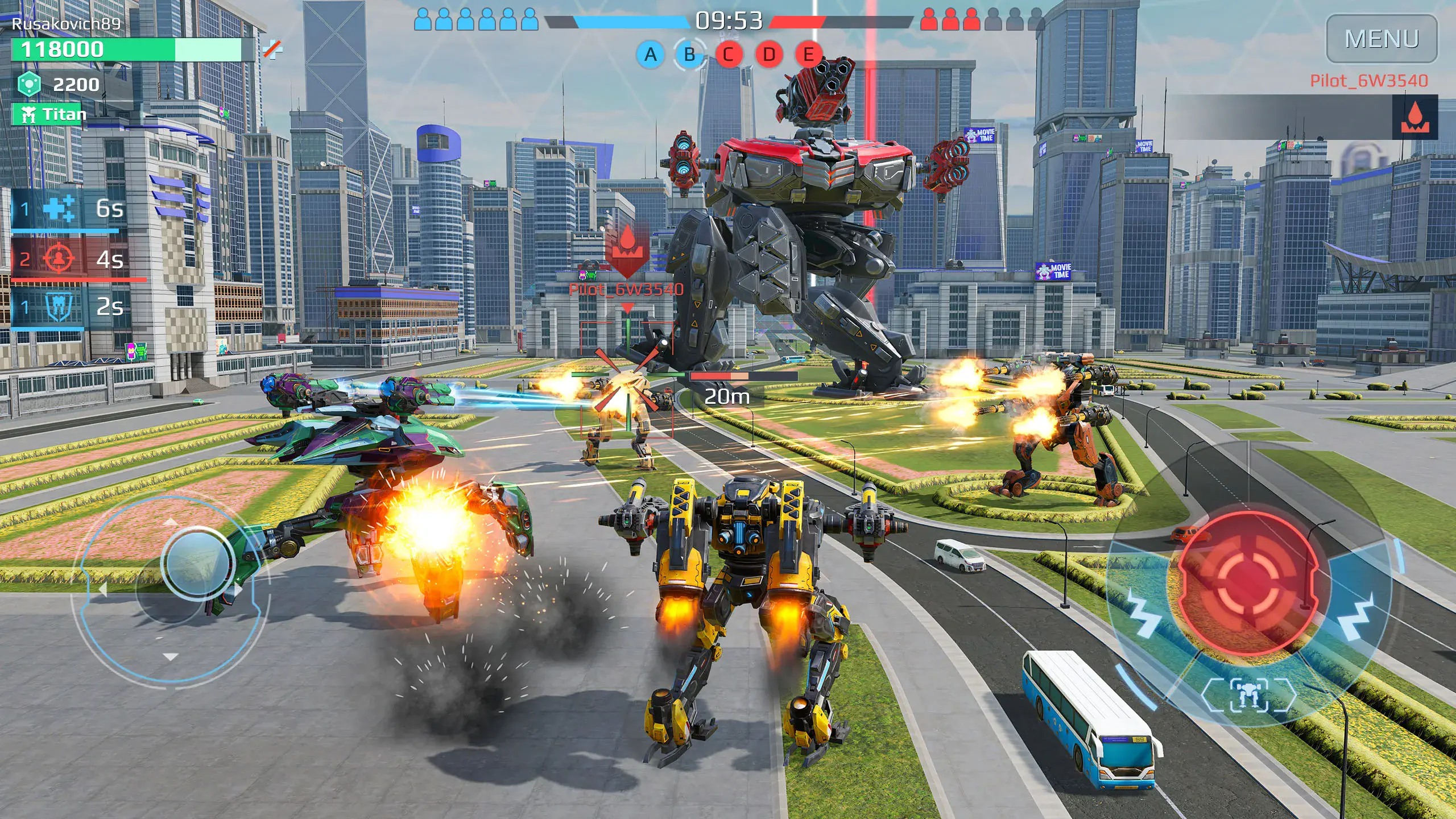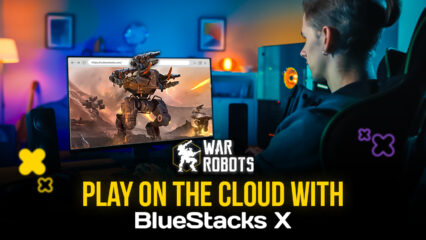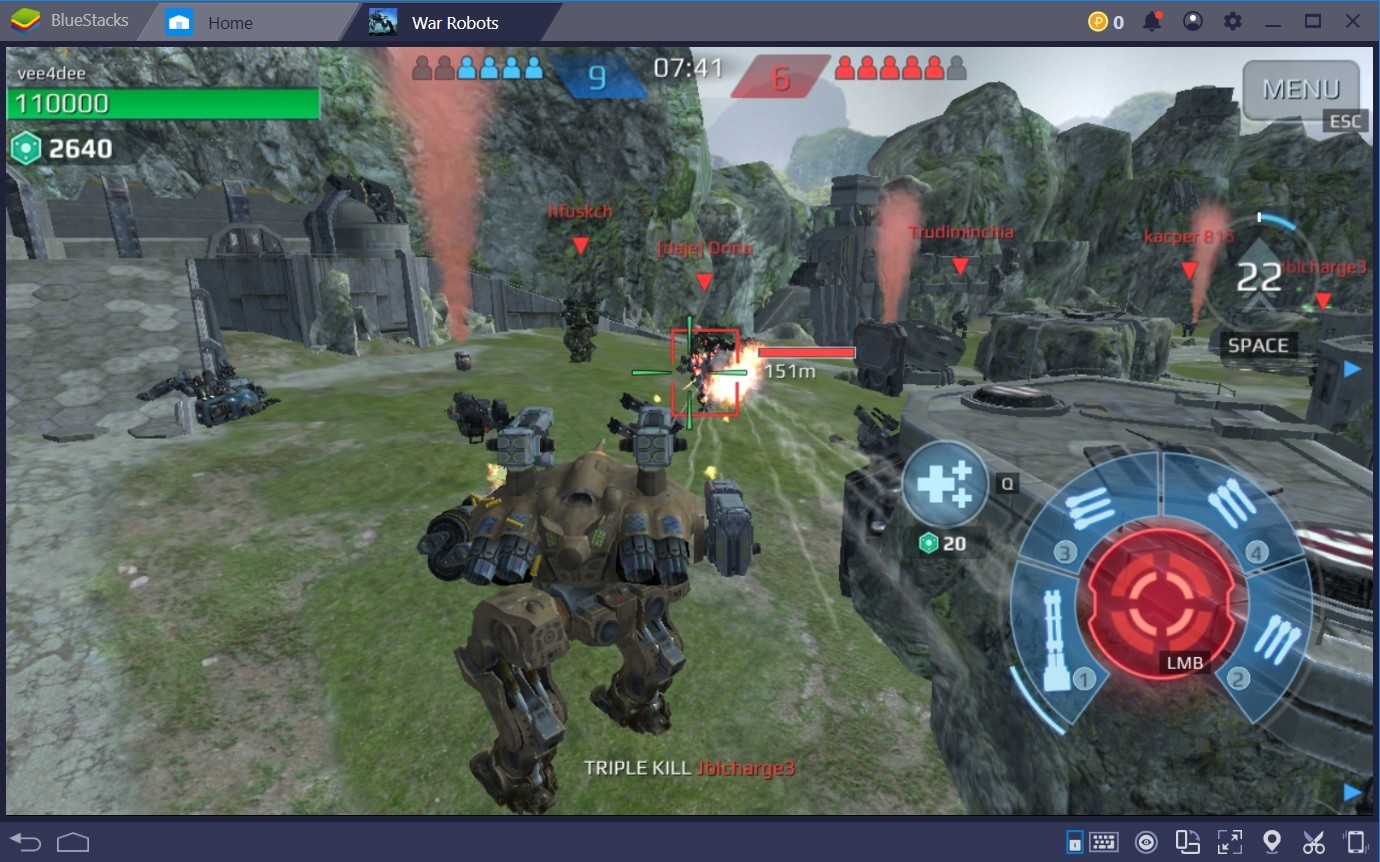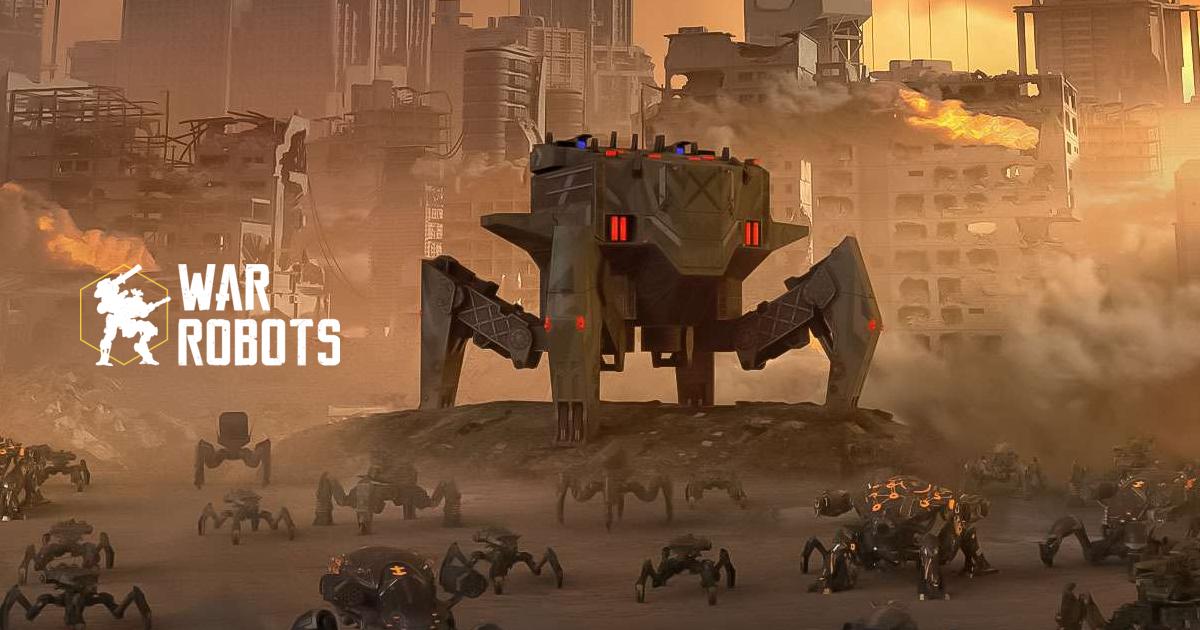War Robots Multiplayer Battles Combat Guide – Understand the Importance of Roles
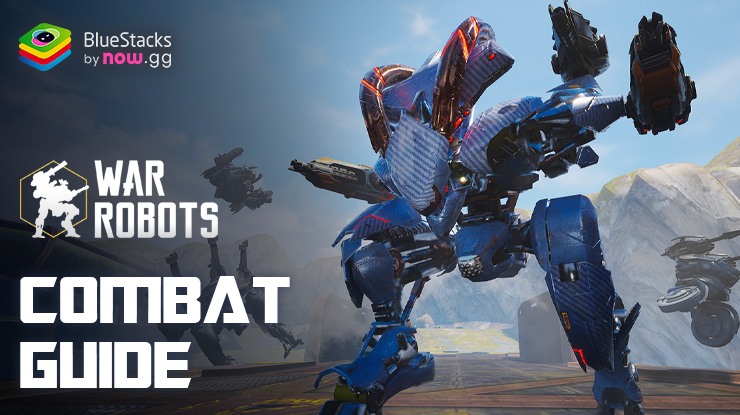
War Robots Multiplayer Battles is a multiplayer PvP robot action game that has grabbed the attention of over 10 million players worldwide! Become the bravest, fastest, and strongest pilot the world has seen. Unlock shiny new war robots and traverse through dynamic landscapes brewing with war sentiments! Fight for your rights, and come out on top as the glorious leader of your platoon. War Robots Multiplayer Battles is available to be downloaded and installed as a free-to-play game on both the Google Play Store and iOS App Store.
In this guide, we will be studying more in-depth about the different roles each player can assume during combat situations. War Robots Multiplayer Battles boasts a ton of multiplayer game modes, each equipped with different rules and regulations. However, one thing consistent throughout these game modes is the emergence of specific “roles” in combat. Understanding more about them will help you climb the rankings faster!
Understanding the Combat Roles
Each player will assume a role in combat in War Robots Multiplayer Battles. This is an unsaid rule and each role can be summarized as a playstyle in its own right. Here are the different combat roles:
- Beacon Capper
- Knife Brawler
- Mid-Range Support
- Long Range Support
- Healers
Beacon Capper
These are your standard “bots,” proving to be swift and light. These ‘bots are fast because they are mainly used for capping beacons. It might be best to let your team’s mediums and heavy ‘bots handle the knife fighting. In the lower leagues, beacon capper ‘bots like Cossack, Stalker, and Gareth are typical.
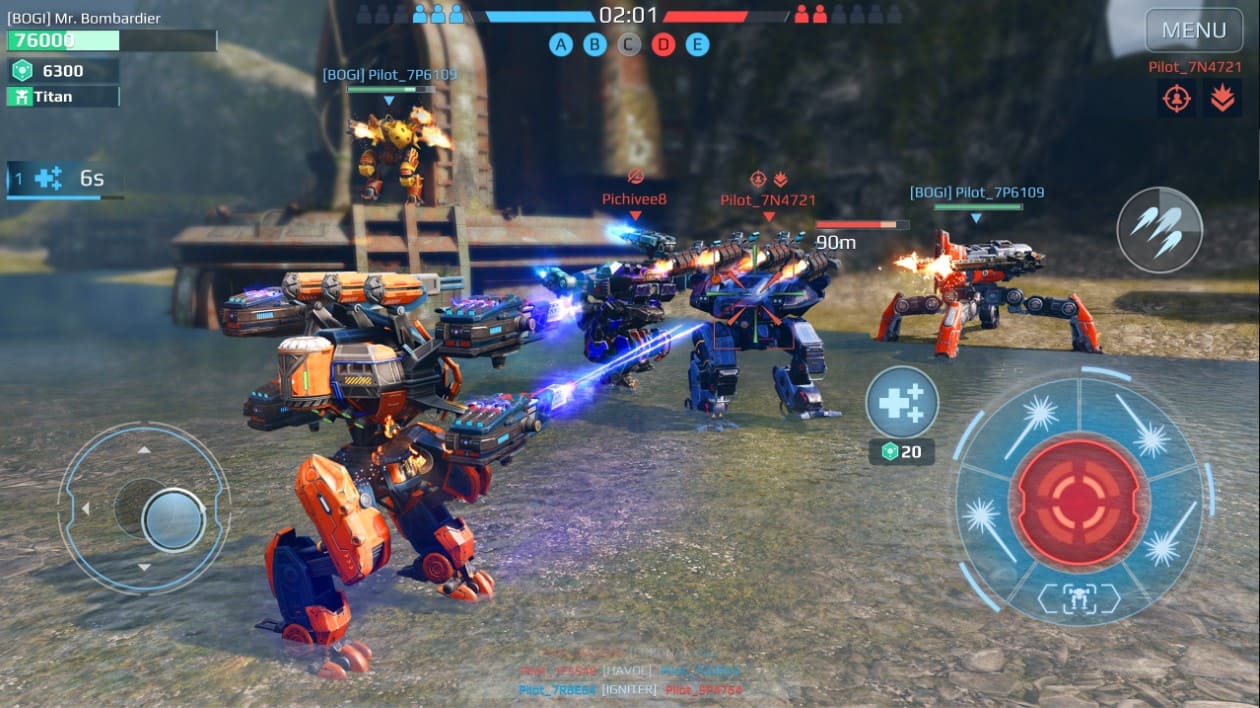
It would be best to try to avoid as much enemy fire as possible because of the ‘bot’s low HP. The durability of your ‘bot can be increased by attaching defensive equipment, like an ECU, so that it can withstand some fire and still cap a beacon. When utilizing an ECU shield, a tip for beacon cappers is to try to keep the shield facing the enemy, as they typically lack a lot of firepower. This way, your shield will be in place and you can continue running in the event that reds start shooting at you.
If your team has the advantage in beacon count (3 blue) and beacon bar, do not hesitate to jump from your beacon capper and engage in combat with a knife fighter. Since cappers rely on stealth and quickness, they naturally don’t need very offensive weaponry. But when enemies try to retake a recently capped beacon, they do need to be able to defend themselves in close quarters.
Knife Brawler
Knife Fighters, also known as close-quarters brawlers, use weapons intended to deal a lot of damage up close—usually within 350 meters. Their task is to simply advance into enemy territory and engage in close-quarters combat with enemy robots. Since they are the ones on the front lines, absorbing the force of the opposing team, these “soldiers” play arguably the most significant role in the entire game.
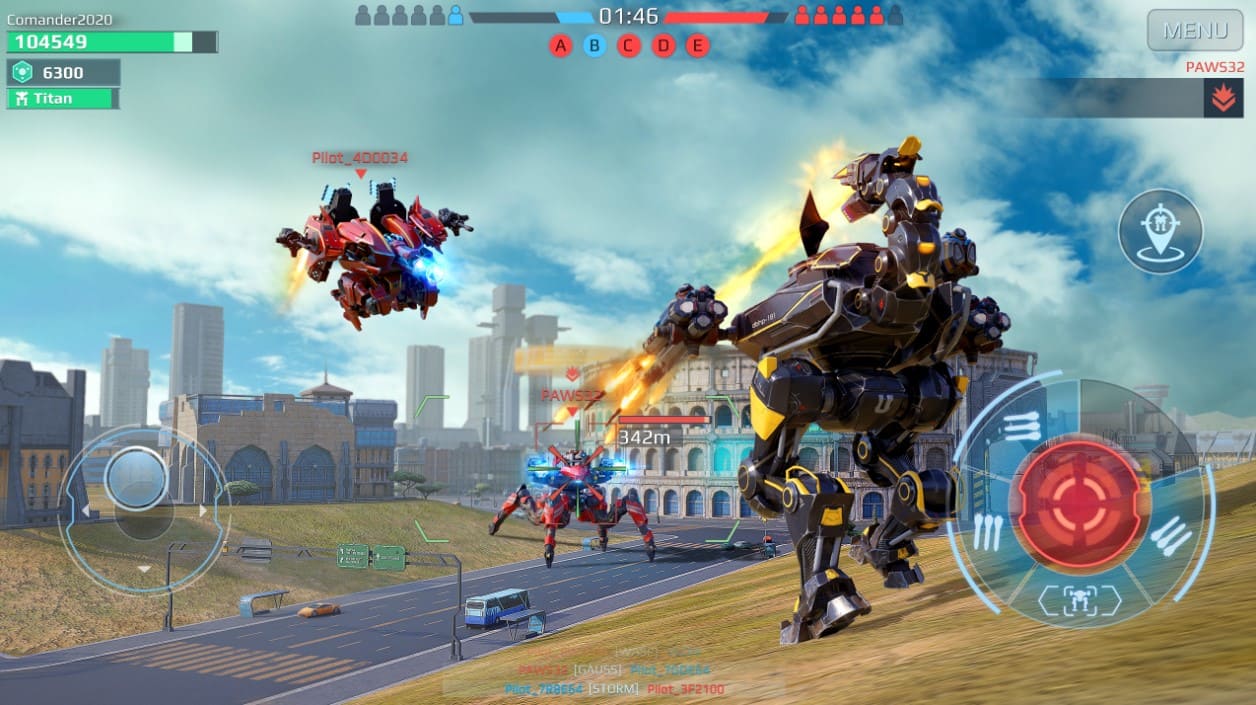
They are further subdivided into 3 distinct groups:
- Soldier – The standard knife fighter for offensive line play. Soldiers are able to endure for extended periods of time and deal significant damage. They are armed with pinatas, tarans, orkans, and magnums. DB Griffins and Plasma Rhinos are two examples of these. typically exhibit poor speed and great durability. Robots that are suggested for Champion League are Fenrir, Leech, Ravana, Ao Jun, and Hawk, among others.
- Ambusher – Knife fighter that employs a more guerilla tactic when fighting opponents. Pinatas, Thunders, and Aphids are the weapons carried by hit-and-run knife fighters; these weapons all deal quick damage. These robots ambush their adversaries by darting out of cover, firing their weapons, and then making a swift retreat. Aphid Gepard and Thunder Carnage are two examples of ambush bots.
- Defender – This kind of brawler gives up even more movement speed in exchange for much more durability and close-quarters firepower. On different maps, defenders are typically placed to guard important routes or beacons. The majority of Defenders are equipped with enough firepower to dispatch their opponents quickly or enough health to simply outlast them. Though they work well in other game modes as well, Beacon Rush is where they shine. The Raijin, Fujin, Boa, and Natasha robots—each equipped with Thunders, Tarans, Orkans, and Gusts are frequently utilized as Defenders.
Mid-Range Support
Mid-Range Support robots are designed to assist other knife fighters/brawlers during combat. Support ‘bots play a variety of roles, such as eliminating low-health robots, eliminating enemy robots, suppressing the opposing team, and chipping away at enemy robots’ health. Support ‘bots arguably play the second most significant role in the game.
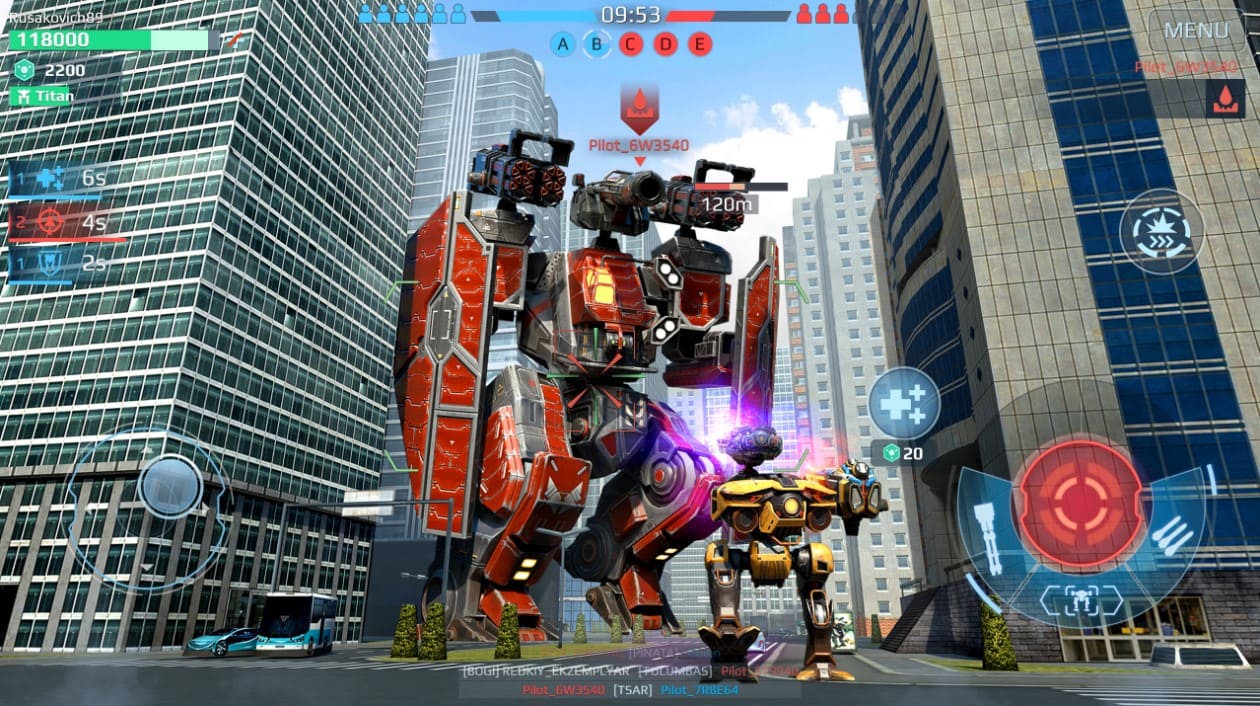
Make sure you are always at least 400 meters away from knife fighters when using a mid-range support ‘bot. In this manner, you can avoid enemy fire and make the most use of your longer-range weapons. Rushing someone is usually not advised unless they are in poor health and can be eliminated in a single blow.
Contrary to popular belief, mid-range support includes some of the most formidable robots on the battlefield, such as the Triple Trident Fury and the RDB Griffin. These robots can neutralize strong knife fighters with ease while keeping a safe distance away. It is crucial to remember that mid-range support depends on friendly knife fighters for protection in order to function properly, so it is crucial that no more than three pilots are in support bots at once.
Long-Range Support
While the roles of long-range support and mid-range support are similar, map control is an important way in which the two differ. The battlefield’s flow must be understood by LRS (Long-range support) players in order to target enemy “bots” appropriately. They need to identify the enemy robots that will cause problems and take them out or make them weaker. It’s crucial to locate a good vantage point from which to survey the entire map and get multiple clear shots at problematic enemies.
Try not to fire at the first target you see or be overly aggressive. Identify the greatest threat(s) on the battlefield instead, and keep eroding their health. Remember to retrieve your beacons at home!
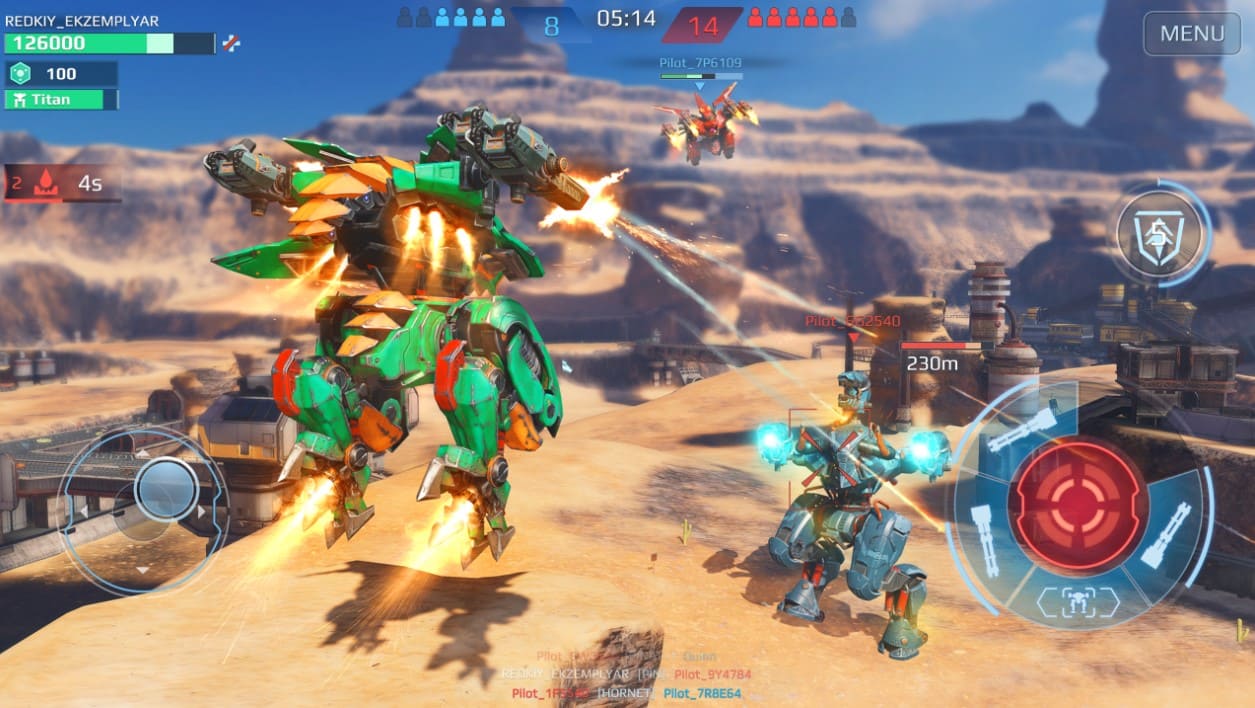
Don’t just shoot the first enemy you come across because of the lengthy reload times. Since you are most likely the only player on your team with a chance to hurt them early on, start by locating the beacon cappers. Next, find out which bot is causing or is anticipated to cause your teammates in close proximity difficulty when they are attacking or defending beacons.
Healers
Robots with the ability to heal both themselves and allies are known as healers. One of the most crucial roles is healer since they can significantly improve a team’s chances of surviving. At the moment, three Titans and five robots are capable of healing. Mender, Demeter, Tyr, Weyland, and Nightingale are the robots. Nodens, Heimdall, and Sirius are the Titans.
Every mecha has a different method of healing. They ought to be among the top priorities. It will be more difficult for your team to defeat the enemy if you leave them alone. It’s equally critical to safeguard the healer on your team. Please be aware that not all health can be fully restored by most healing robots. Eighty percent of the damage you sustain is the maximum.
Players can enjoy War Robots Multiplayer Battles even more on a bigger screen with your keyboard and mouse via BlueStacks!

